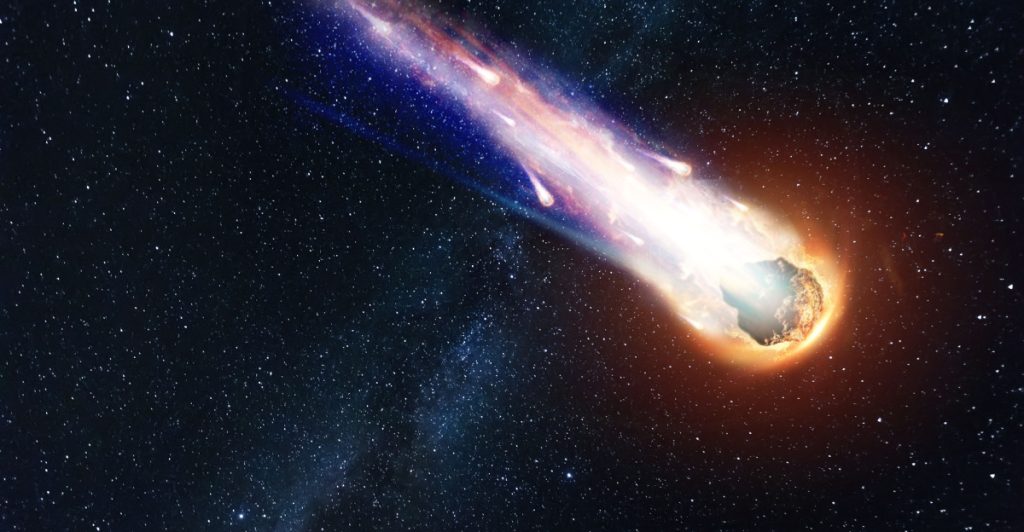As Earth’s skies grow more closely monitored than ever, the ability to track fast-moving space objects has become a key part of global aerospace and defense strategy.
Others are reading now
On October 29, three asteroids made a close approach to Earth, and advances in observation networks and analytical software now allow scientists to detect and analyze even small near-Earth objects with precision.
Global tracking networks at work
According to the Polish Press Agency (PAP), asteroid 2025 UF9, measuring between 28 and 62 meters in diameter, passed within 290,000 kilometers of Earth, about three-quarters of the distance to the Moon. I
ts speed reached roughly 20 kilometers per second.
Such tracking is made possible by an expanding international infrastructure of observatories and data centers, from NASA’s Center for Near-Earth Object Studies (CNEOS) to Europe’s Space Situational Awareness program.
Together, they create a real-time system that helps evaluate potential risks and supports future planetary defense missions.
Also read
Additional near-earth objects detected
Two other asteroids also approached Earth on the same day.
The first, 2025 UV7, was between 2.7 and 6 meters in diameter and came within 101,000 kilometers of the planet.
The second, 2025 UX7, was between 4.9 and 11 meters across and passed at 347,000 kilometers.
According to CNEOS, hundreds of such objects are identified each year, and many are discovered only days before their closest approach.
Between October 2024 and October 2025, 176 asteroids passed closer to Earth than the Moon’s orbit.
Also read
The ability to detect these small objects demonstrates how modern telescopes, radar arrays, and automated data pipelines have transformed the field of space surveillance.
Why constant observation matters
Monitoring these flybys is not only a scientific effort but also a technological one.
Each detection helps refine orbital models, calibrate tracking software, and test early-warning systems that could be critical in the event of a genuine impact threat.
Historically, one of the largest objects to pass so close was asteroid (458732) 2011 MD5, which in 1918 came within 0.91 lunar distances.
That asteroid measured between 730 meters and 1.6 kilometers across, far larger than the bodies seen this week.
Also read
By studying smaller asteroids, researchers can verify how well existing systems predict trajectories, test new algorithms, and strengthen global cooperation between space agencies.
Sources: WP, Polish Press Agency (PAP), NASA’s Center for Near-Earth Object Studies (CNEOS)


